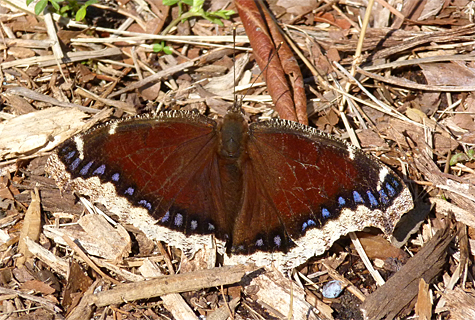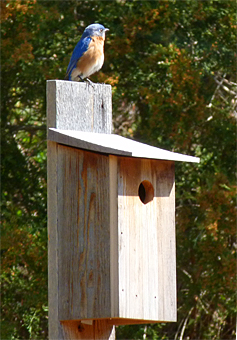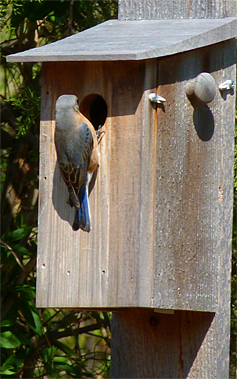
The Mourning Cloak (nymphalis antiopa) in the above photo was not the first of its species to be seen at the Museum this season, but it was the first that allowed a close enough approach to be photographed.
Before this butterfly posed for its picture, it had been fluttering about the upper branches of an elm tree in Catch the Wind, apparently searching for a fresh leaf on which to lay its eggs. There were many flowers, seeds and leaf buds on the tree but I didn’t notice any leaves.

By the way, the name Mourning Cloak refers to the butterfly’s color pattern and its resemblance to a traditional cloak worn by mourners in days gone by. If you don’t know what a cloak is, it’s “a loose outer garment,” like a great big hooded (usually) cape that goes all the way around you (with no sleeves), draping down to the floor.

In the UK, where if you were lucky enough to see one of these butterflies, you would call it a Camberwell Beauty. The English common name for the species comes from the fact that this rather beautiful butterfly was first discovered in England in 1748 in Camberwell, South London, hence the name Camberwell Beauty. The name Camberwell Beauty is not quite as indicative of what the Mourning Cloak looks like, but it has a fine sound to it.
Mourning Cloaks, as we refer to them here in the colonies, and everywhere else that they occur no matter the language (except the UK), are natives of continental Europe and Asia with small numbers of them emigrating from the continent to England each summer and fall. They probably do not successfully breed in England.
Eastern Bluebirds continue to test out the nest box offerings here at the Museum, but I’ve not as yet seen them place nesting material in any of the boxes.
These bluebirds (or two just like them) were quick to check out the boxes last year. As soon as the boxes went up, the birds were peering in to see what was inside.
Welcome back, and good luck!